
This is an update to an article I wrote back in May. As we start to analyze the bag over the winter, I thought it would be helpful to go in a bit deeper on “The Weird Gap” in your bag.
If you missed the write-up in May, you will find it in its entirety below, but in addition, I wanted to talk a bit about why I have been a 5-wood player going on for almost 20 years.
To nail down the EXACT reason that I have played 5-wood over anything else? It’s simple, forgiveness. YES, I do also prefer the look, but it’s the forgiveness I get that seals the deal. The issue I have these days with 5-woods is gapping; in some cases, they are just too hot. I remember the first time I tested the Rogue ST LS 5-wood, and I was hitting that thing 255 in the air. That’s 20 yards past what I need it to do. What I have done to combat the speed is play it shorter (41.75), with a softer tip (no tipping for added spin) and added loft (18 to 19.5).
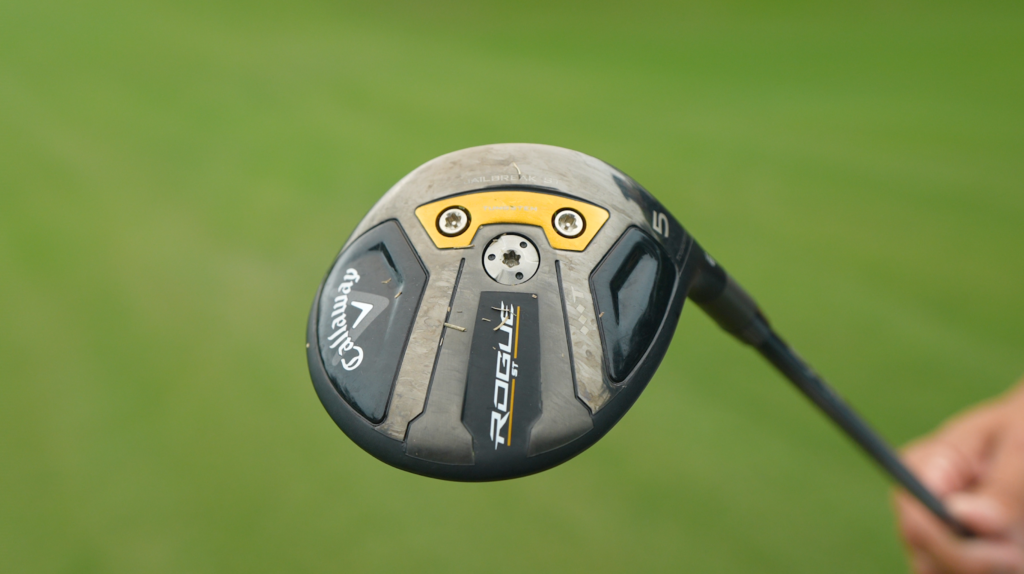
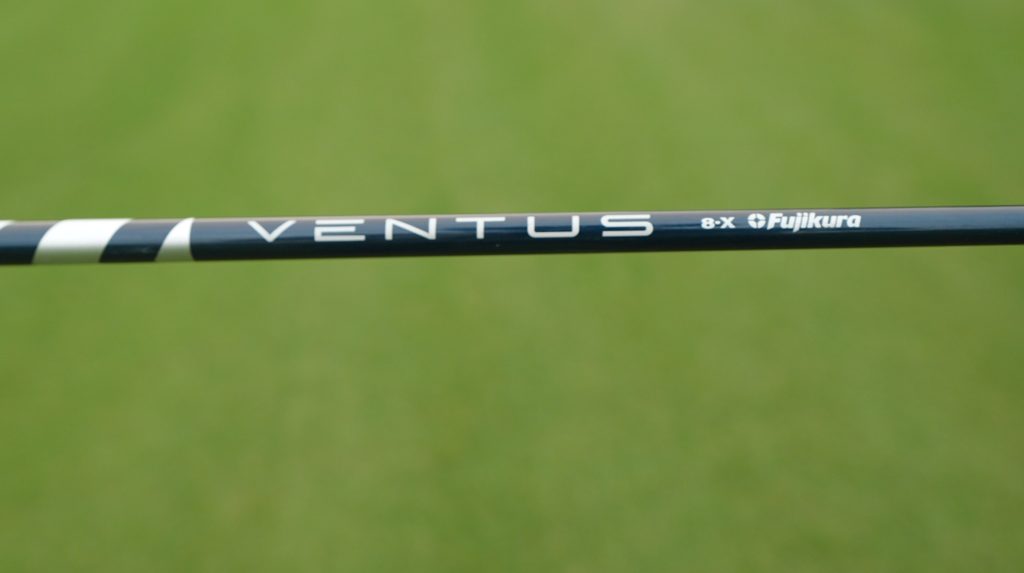
The reason I opt for the 💎💎💎T over all else is 1) It forces me to hit down on it rather than sweep it. 2) SPIN. For whatever reason, I don’t experience any hot spots from the top of the face that I do with other 5-woods. This club needs to have a floor of 220 and a ceiling of 240, that’s it.
The point to take here is the 5-wood is NOT a DISTANCE CLUB. It’s a gapping club and, for some, a safe haven of spin if the driver goes south.
Here is the article I wrote earlier this year, just in case you missed it:)
It’s the weirdest part of the golf bag. That no man’s land between the 3-wood and your longest iron. I call it the 17-21 degree section, and it’s hands down the most discussed part of any AMA I partake in.
On the PGA Tour, it’s no different. This club will be the primary club for the 2nd shot into Par-5s and option #1 for short/tight par 4s.
I find the fitting process with these clubs fascinating, so I thought sharing what some of our staff did to fill that gap might be helpful…and it’s just cool to talk about.
Here are some player examples that I found interesting:
Sam Burns:
Apex UW (21@19.5) w/ Fujikura Ventus Blue 8X (40.5 inches, Tipped 1.5, D3)
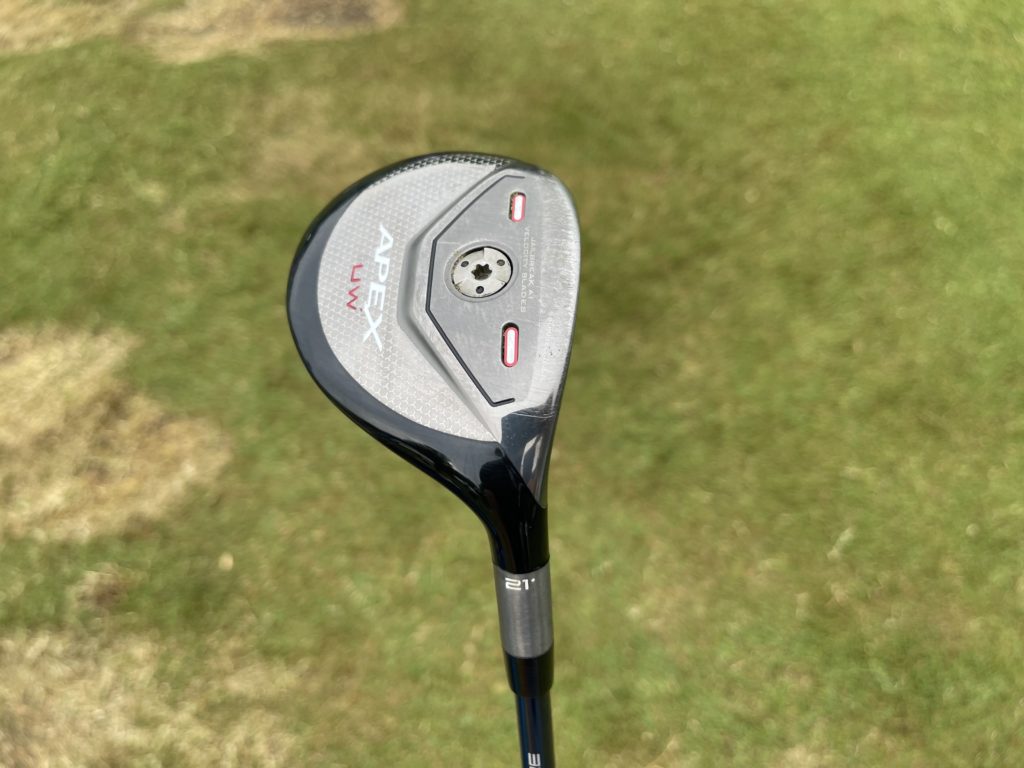
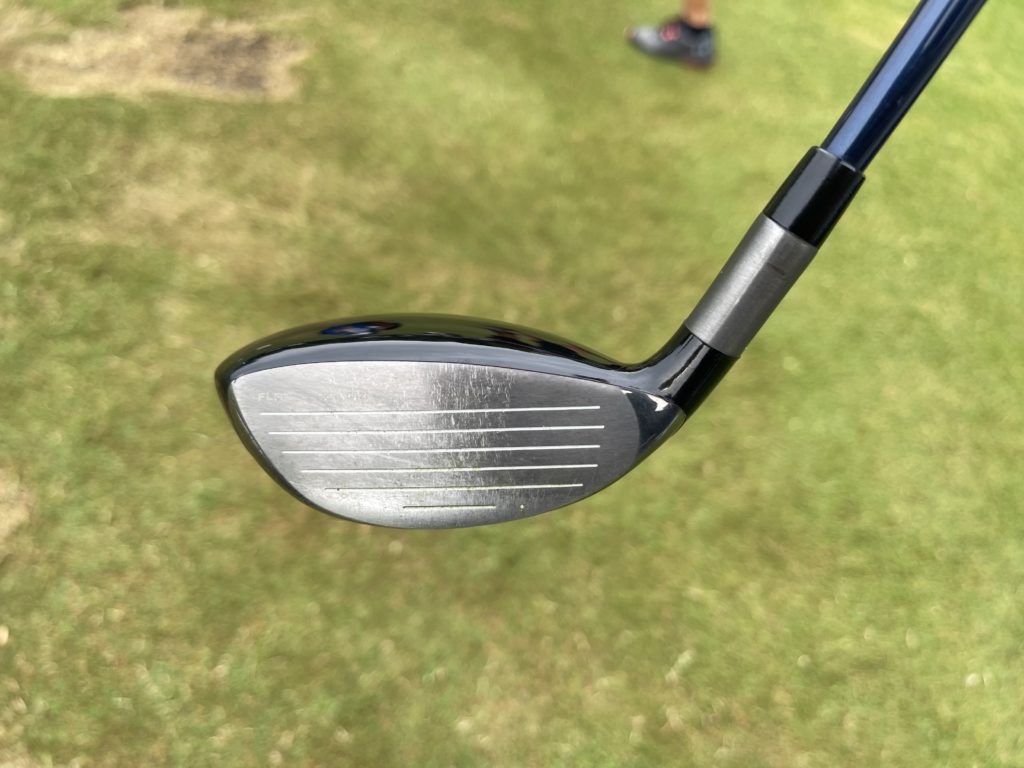
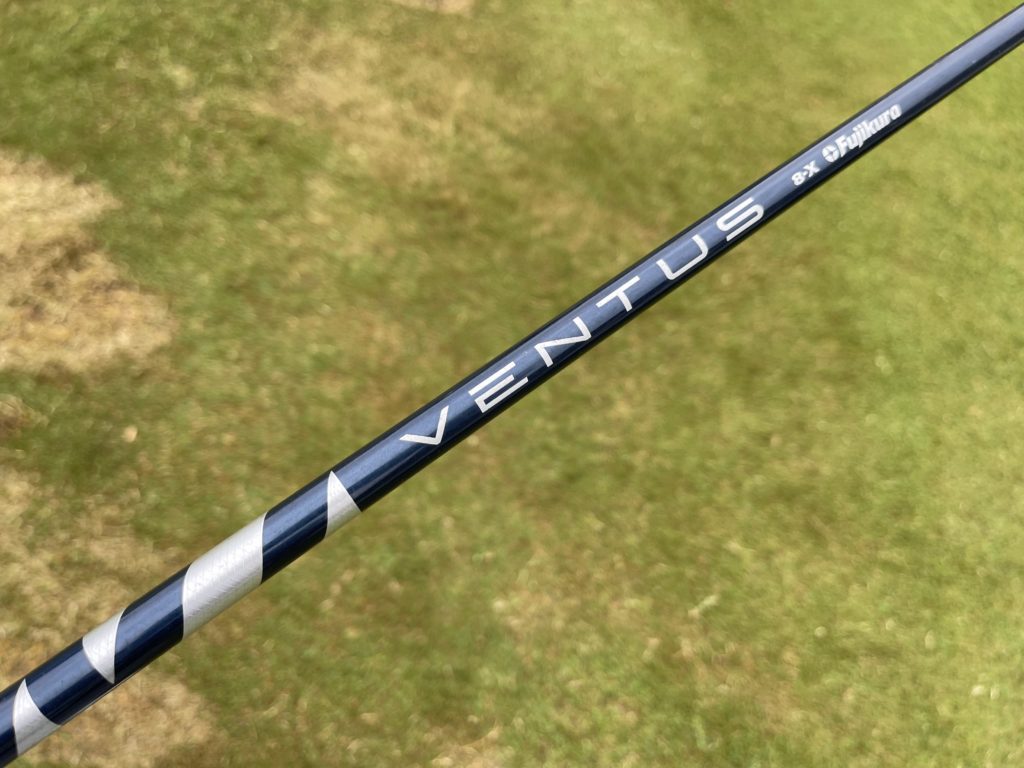
Ball Speed: 158 MPH
Launch: 11 degrees
Spin: 3950RPM (Stock, +- 300RPM for cut or draw)
Peak Height 81 Feet
Land Angle: 44 Degrees
Carry: 253 Yds
AOA: 2 down
I use Sam as my first example because, based on his speed and delivery, he sits pretty close to the middle as far as numbers go. There are extremes up and down, but these numbers represent what TOUR stock might look like.
Sam has always preferred a “hybrid” shape to a 5-wood because it blends better into his irons, and he has a shallow AOA; players that are a bit more shallow tend to lean on the UW/UT heads. 5-woods don’t hold the spin as well for that delivery profile.
Now that we know how the club needs to look on trackman, it’s important to look at head designs and why certain players prefer one over the other.
Jon Rahm:
5-Wood: Rogue ST 💎💎💎 T 18@17.9 (14GF, 3.5G Internal) w/ Graphite Design Tour AD-DI (Black) 8X (42 Inches, Tipped 2, D4)
Numbers at PGA Championship:
Ball Speed: 166 MPH
Launch: 10 degrees
Spin: 3760RPM (Stock, +- 300RPM for cut or draw)
Peak Height 84Feet
Land Angle: 44 Degrees
Carry: 266 Yds
AOA: 3 down
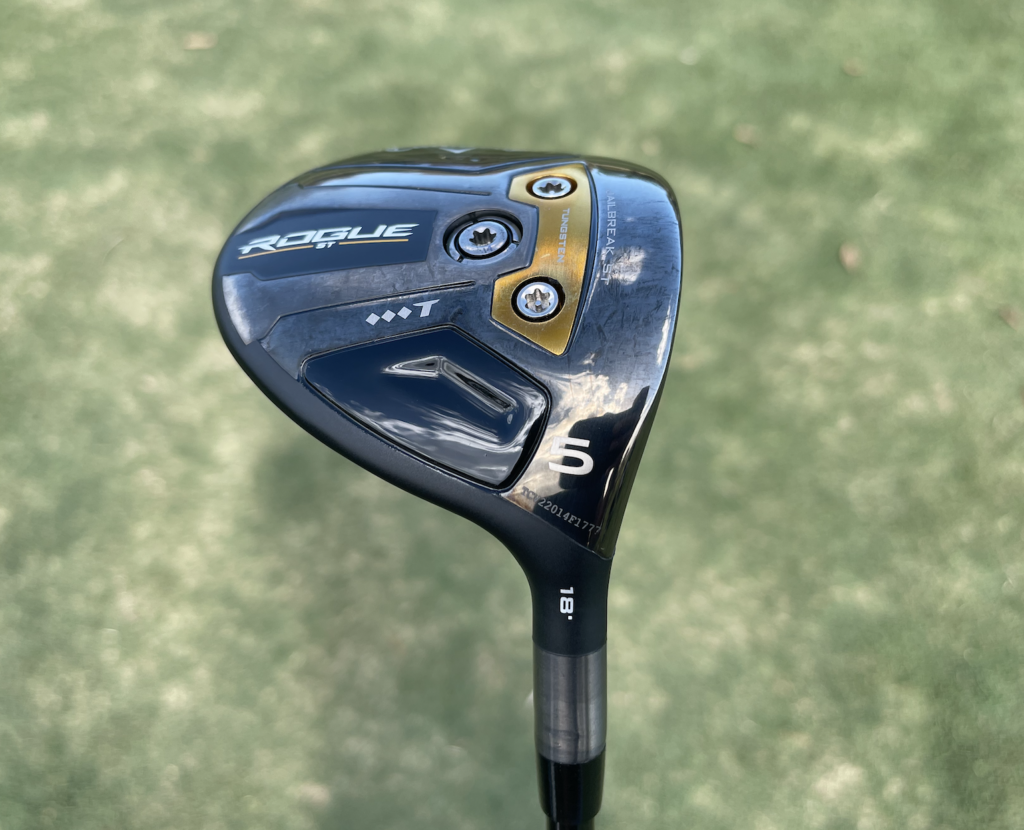
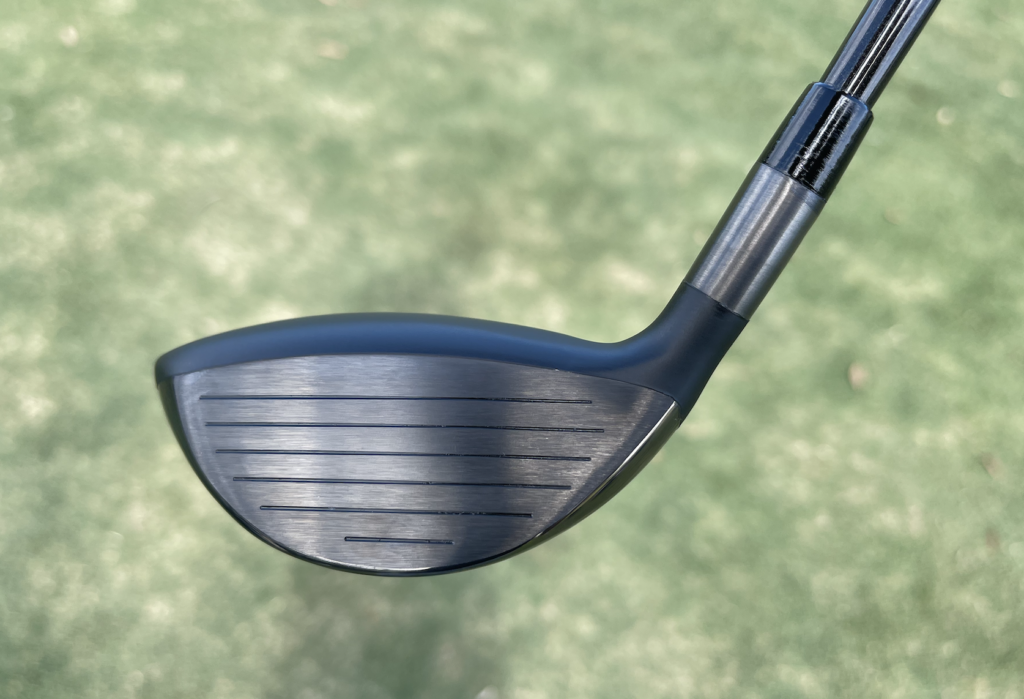
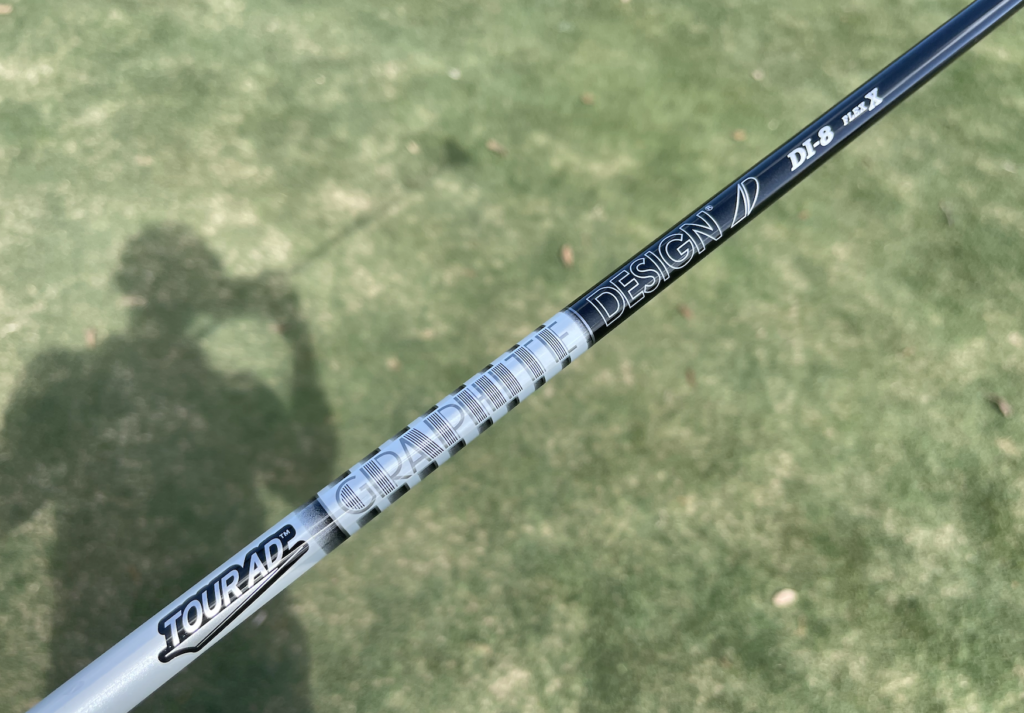
Why?:
Jon prefers the 5-wood shape in general because it gives him the confidence to beat it into the ground. 5-woods tend to respond better for players with a neutral or steep angle of attack. For this reason, Rahm’s particular 5-wood has a bit more real estate built into the leading edge. The camber on the sole acts just like bounce on a wedge allowing him to interact with the turf, and in harmony with the design of the head, Jon can keep the spin down as well. This design is really cool…for certain players.
Xander Scahuffele:
7-wood: Mavrik Sub Zero (20@18.8, 14GF, 12GB) w/ MCA Kai’li White 90TX (Black, 41.5 Inches, Tipped 2, D3)
Numbers at PGA Championship:
Ball Speed: 162 MPH
Launch: 9.7 degrees
Spin: 3990RPM (Stock, +- 300-400RPM for cut or draw)
Peak Height 88Feet
Land Angle: 45 Degrees
Carry: 263 Yds
AOA: 2 down
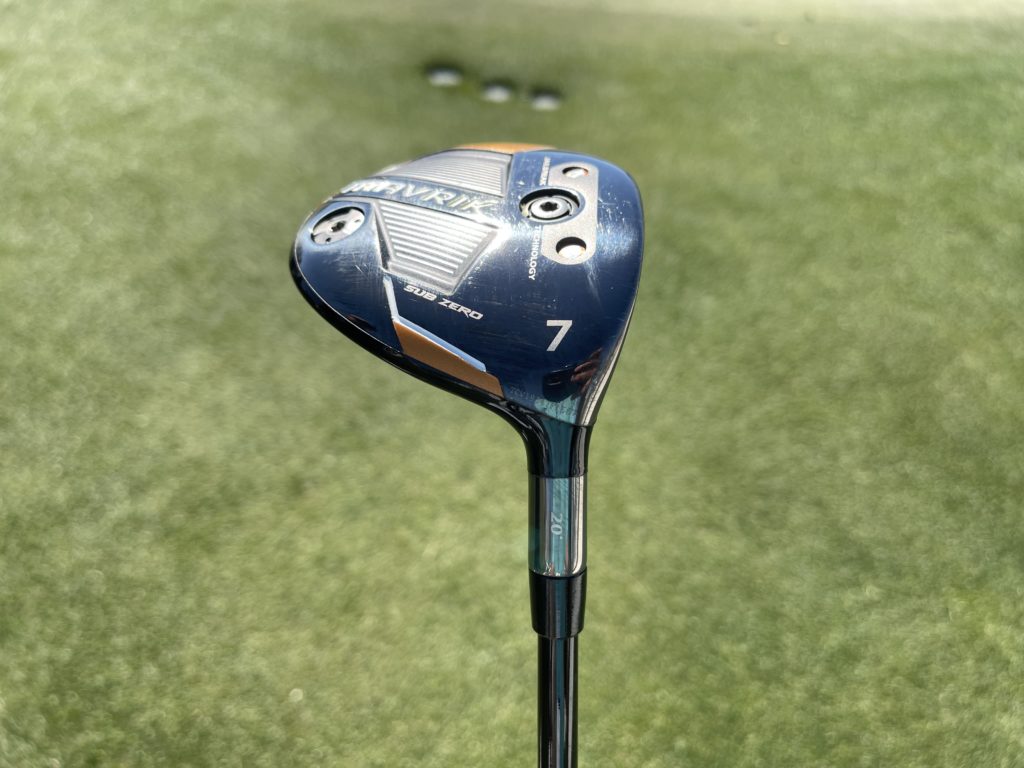
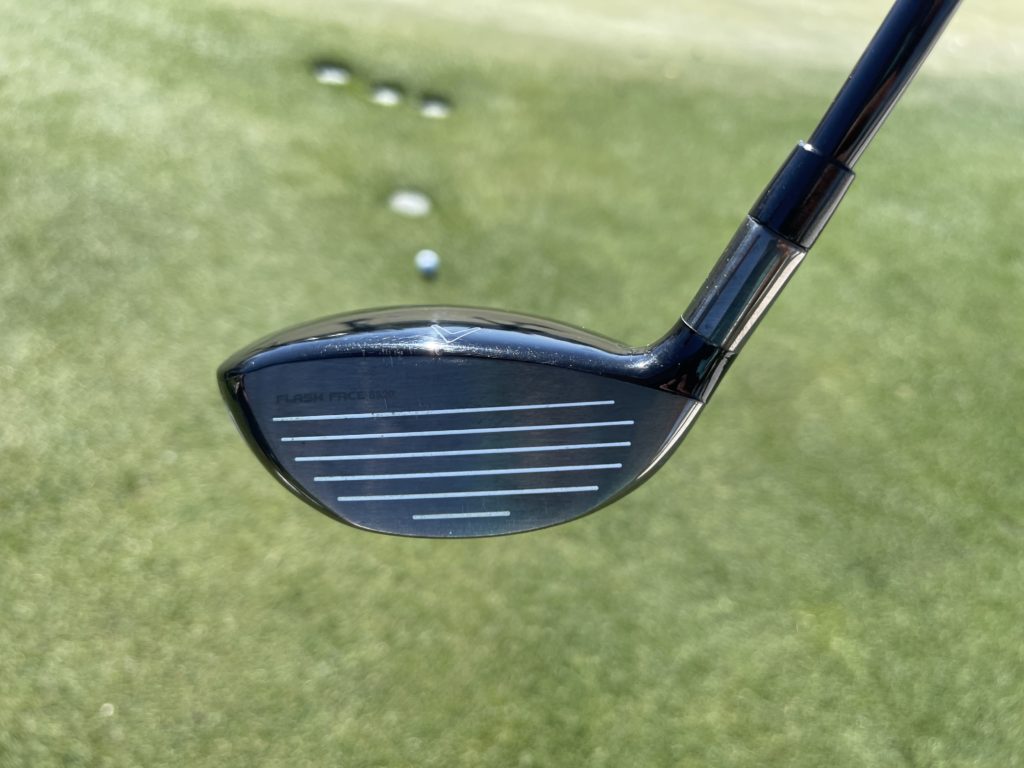
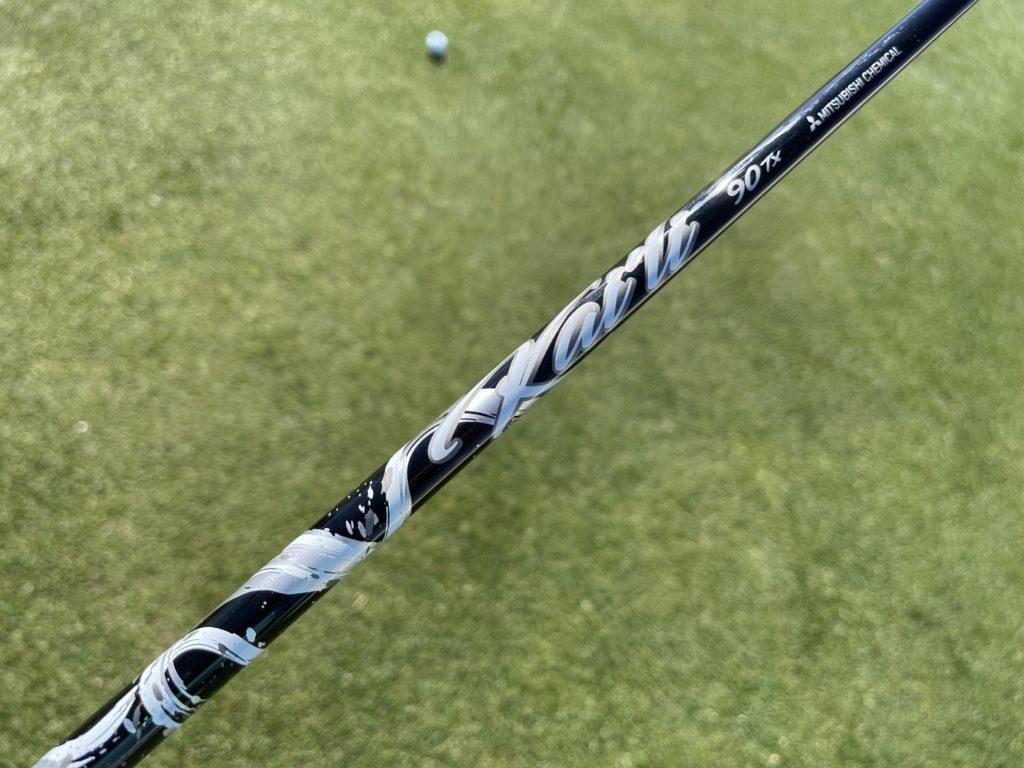
Why?:
Launch and spin, baby!!
Xander has always had a 5-wood in the bag, but as he built speed, the gapping got too close to his 3-wood. Performance rep Kellen Watson thought going into a 7-wood cut short with close to 20 degrees of loft would solve Xanders’s gapping issue and give him the perfect transition into his TCB 4-iron. The Mav 7-wood gives Xander plenty of height and spin to hold greens into par-5s and a perfect 245-255 club to lay up short of bunkers/runoffs/doglegs.
Min Woo Lee:
X21 Tour UT (19@18) w/ True Temper AMT Tour White X100 (39.5 inches, D2.5)
Ball Speed: 158 MPH
Launch: 9.1 degrees
Spin: 3725 (Stock, +- 300RPM for cut or draw)
Peak Height 78Feet
Land Angle: 43 Degrees
Carry: 257Yds
AOA: 4 down
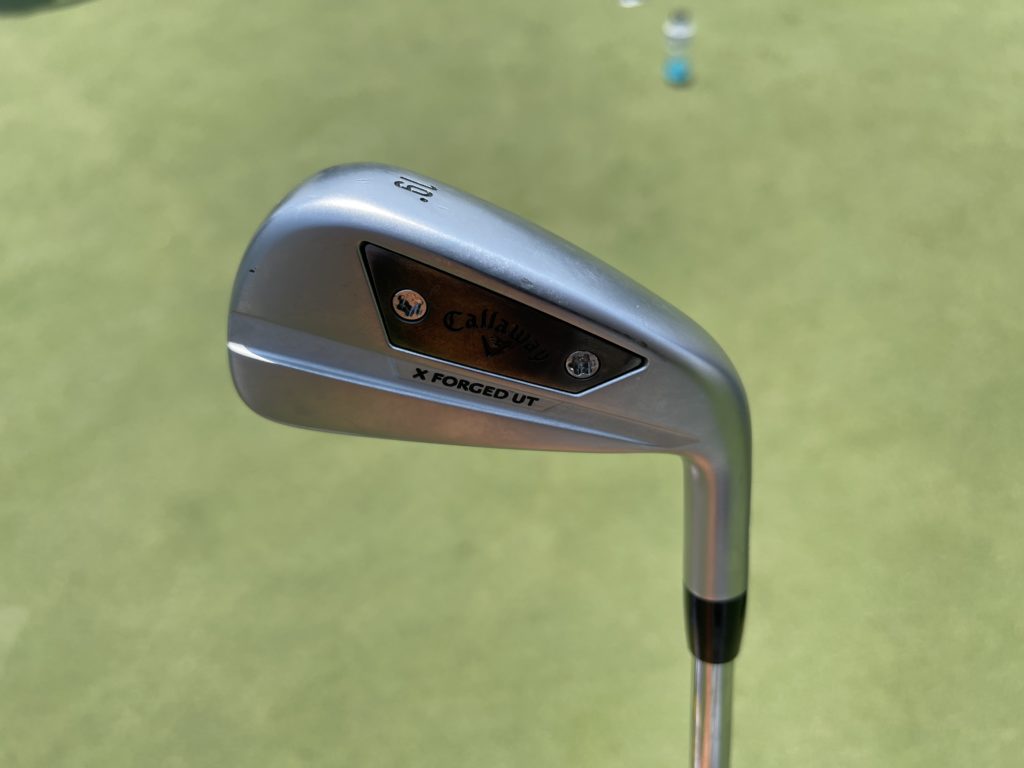
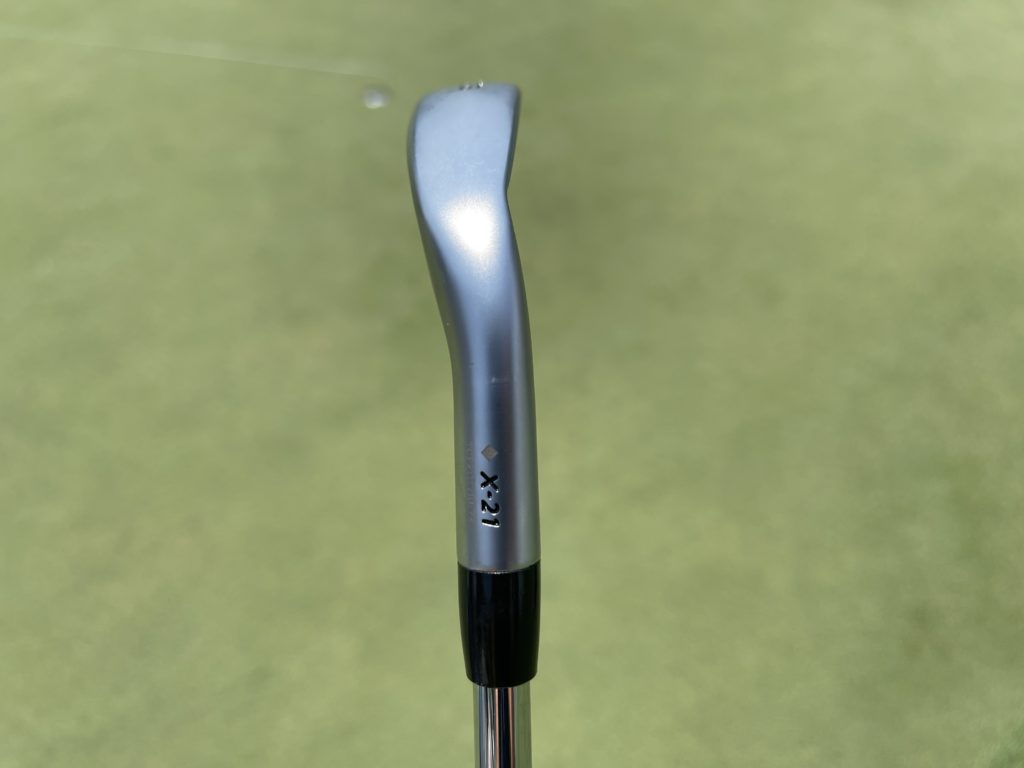
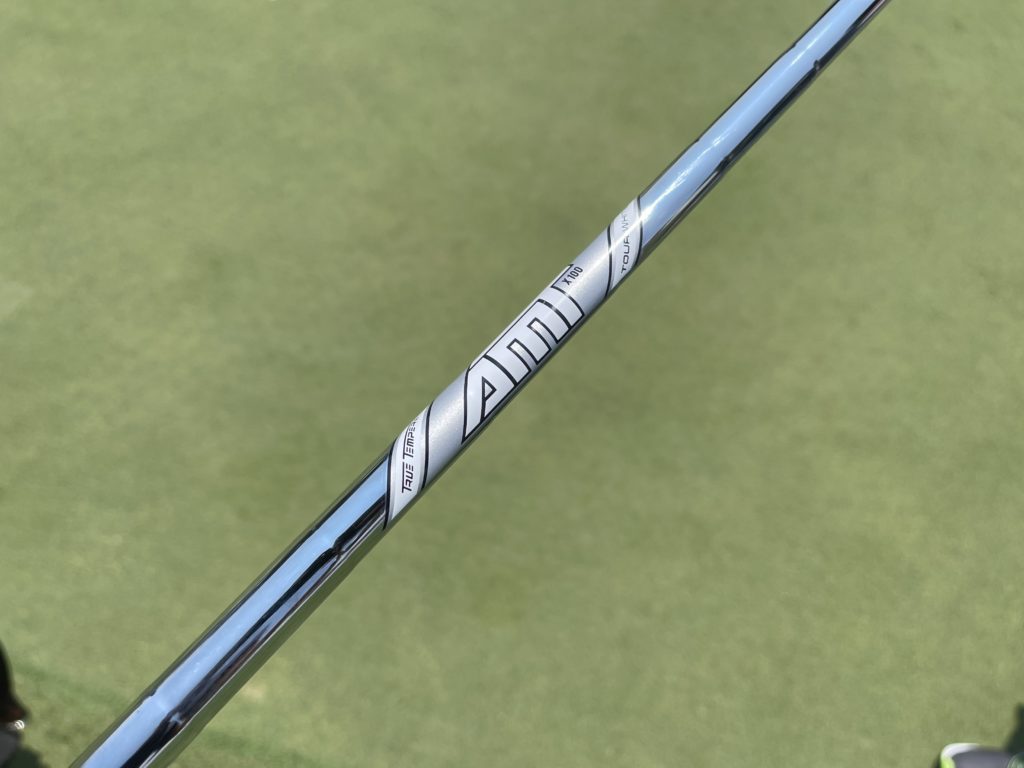
Why?:
Min has always been a 2-iron player, and the X21 gives him a club that he can hit down with spin (the priority), AND if he needs to hit it straight up in the air, he can. While Sam, Jon, and Xander prefer the stock shot to be mid-high, Min prefers the stock shot to be mid-low. Coming from Australia, it’s what he knows and this kid has no problem hitting anything high. Makes a ton of sense.
To wrap it up:
These are the keys for all golfers to consider:
- It has to get up in the air: We want high and steep; coming into a green from 190+ requires some stopping power, and let’s be honest…most of us aren’t relying on a ton of spin to get this done.
- It has to be good out of the rough: In some cases, it’s your primary “out of the rough” club, so the design has to allow for that.
- It has to have a tight yardage window: For most golfers, this club has to live in a tight yardage window, like your irons. It’s the first club in your bag that has to play in a sandbox. Your driver and 3-wood can have low-spin rockets built-in, but you don’t want that out of this one. Keep in mind it sits between 3-wood and 4-iron; it needs to be neutral. So if your 3-wood has a yardage variance of 20 yards, the 5-wood/UW/UT needs to fall in the 10-yard region. For example, my 5-wood goes 230 stock in the air, If I step on it 235, and if I cut it 225. 10 Yds. Perfect.
- Yes, you need to be able to hit it low: This is for better players; this club needs to have a low dart built-in because of the spin. 3-woods at a low trajectory might not spin enough to control, but a 5-wood will. Spin is control.
- It should be short and heavier: The length of the club needs to be at least an inch shorter than the 3-wood, and the shaft needs to lean on the heavier side. It’s not a distance club; it’s a placement club. Don’t try to make it into a rocket launcher; you sacrifice the whole point to the club.
- It has to be easy to hit: non-negotiable. All clubs should be easy to hit, but this one REALLY needs to be. No matter how you are swinging it that day.
This part of the bag is where you need to put your chess hat on, not checkers. When looking at any club in this region, pay attention to where you struggle and ensure that this club checks off ALL the boxes. If you navigate this correctly, you will find a club that actually helps your scores and creates new opportunities. I say that a lot about other parts of the bag, but I have seen success in my own bag getting this right. I fall into the 5-wood group (sometimes UW) because I, too, like to hit down on it and hit some fun shots.
Trust me, it’s one of those clubs you hit more than you think, and it could be a weapon. So choose wisely.


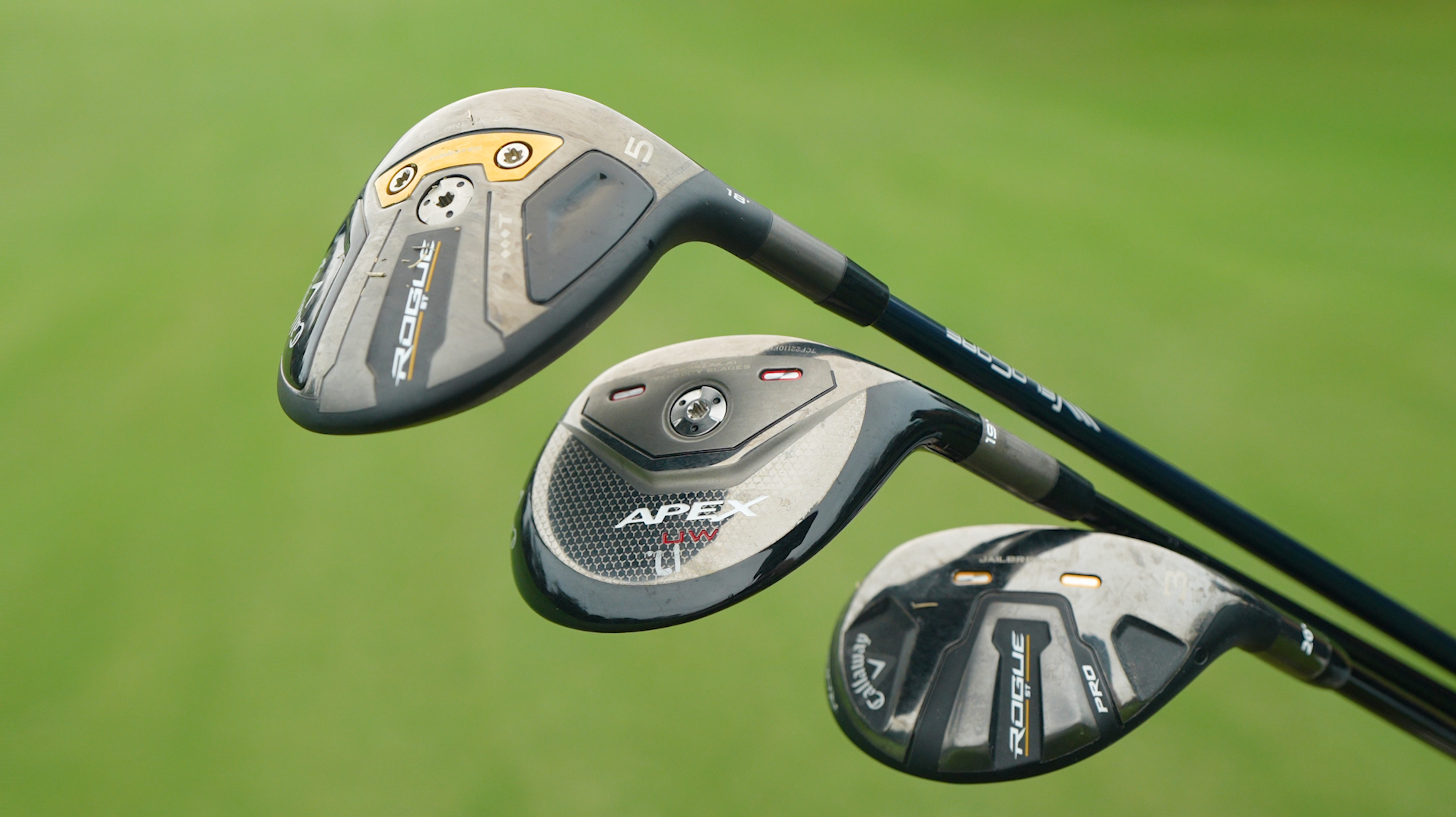
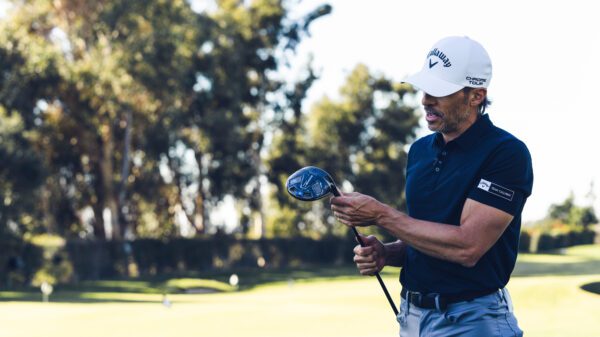



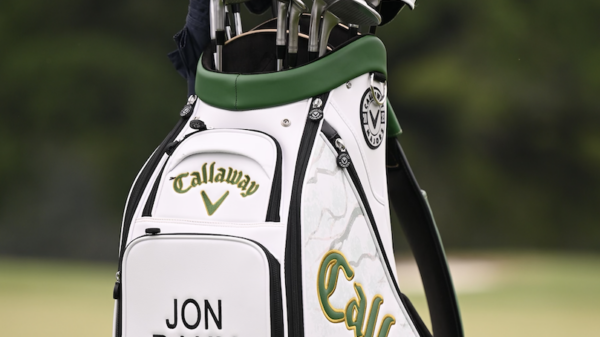

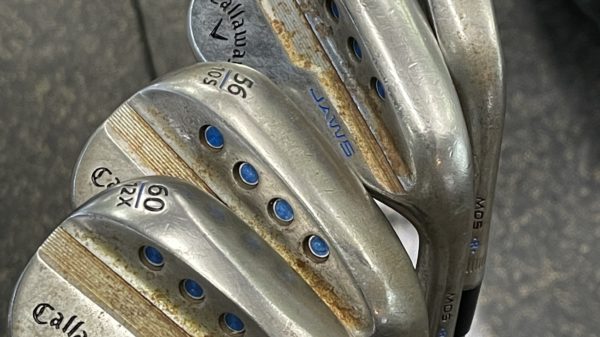
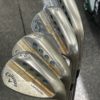


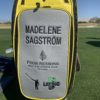






Nakada Stephen
November 12, 2022 at 9:06 am
Fantastic article JDub. Really! So you don’t carry a 3 wood or driving iron? I hit my 5wood better than 3 wood but from longer distances and into the wind it has value. Would you carry both?
Greg Riggs
November 15, 2022 at 4:18 pm
Where in Richmond Virginia area can I get fitted by a Callaway certified professional fitter? I do not want a retail fitter. I’m 64 I good shape and would like to get a Callaway bag fit for me for the remainder of my golf life.
Stepanie Rolston
August 2, 2023 at 11:04 pm
Dear callawaygolf.com administrator, You always provide in-depth analysis and understanding.